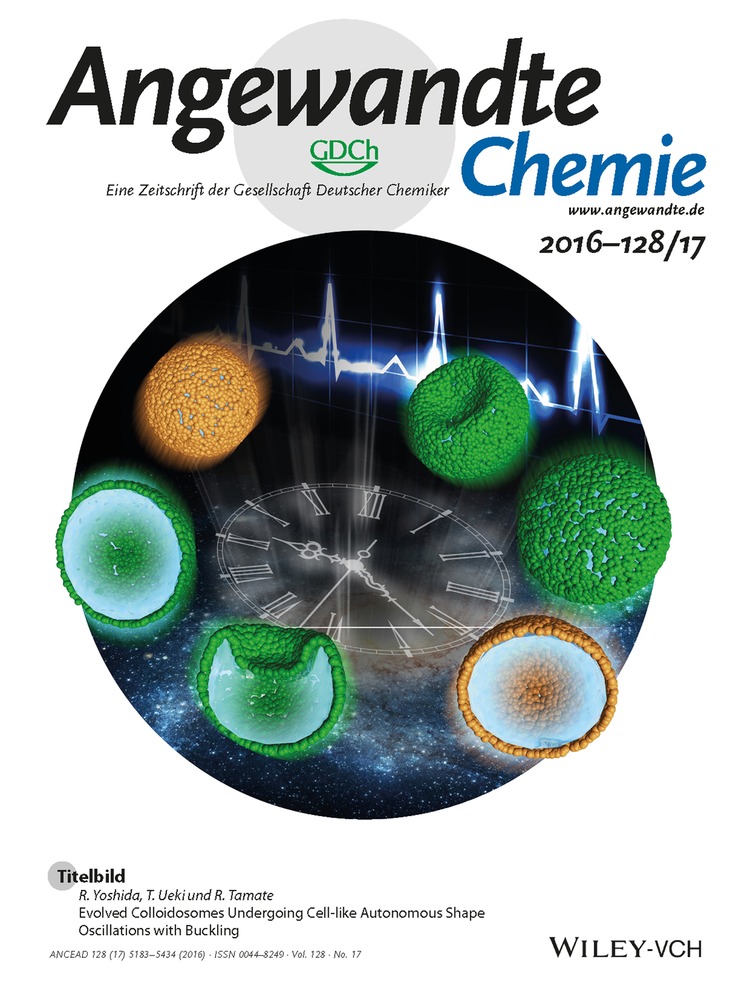Plasma-Engraved Co3O4 Nanosheets with Oxygen Vacancies and High Surface Area for the Oxygen Evolution Reaction
Abstract
Co3O4, which is of mixed valences Co2+ and Co3+, has been extensively investigated as an efficient electrocatalyst for the oxygen evolution reaction (OER). The proper control of Co2+/Co3+ ratio in Co3O4 could lead to modifications on its electronic and thus catalytic properties. Herein, we designed an efficient Co3O4-based OER electrocatalyst by a plasma-engraving strategy, which not only produced higher surface area, but also generated oxygen vacancies on Co3O4 surface with more Co2+ formed. The increased surface area ensures the Co3O4 has more sites for OER, and generated oxygen vacancies on Co3O4 surface improve the electronic conductivity and create more active defects for OER. Compared to pristine Co3O4, the engraved Co3O4 exhibits a much higher current density and a lower onset potential. The specific activity of the plasma-engraved Co3O4 nanosheets (0.055 mA cm−2BET at 1.6 V) is 10 times higher than that of pristine Co3O4, which is contributed by the surface oxygen vacancies.




